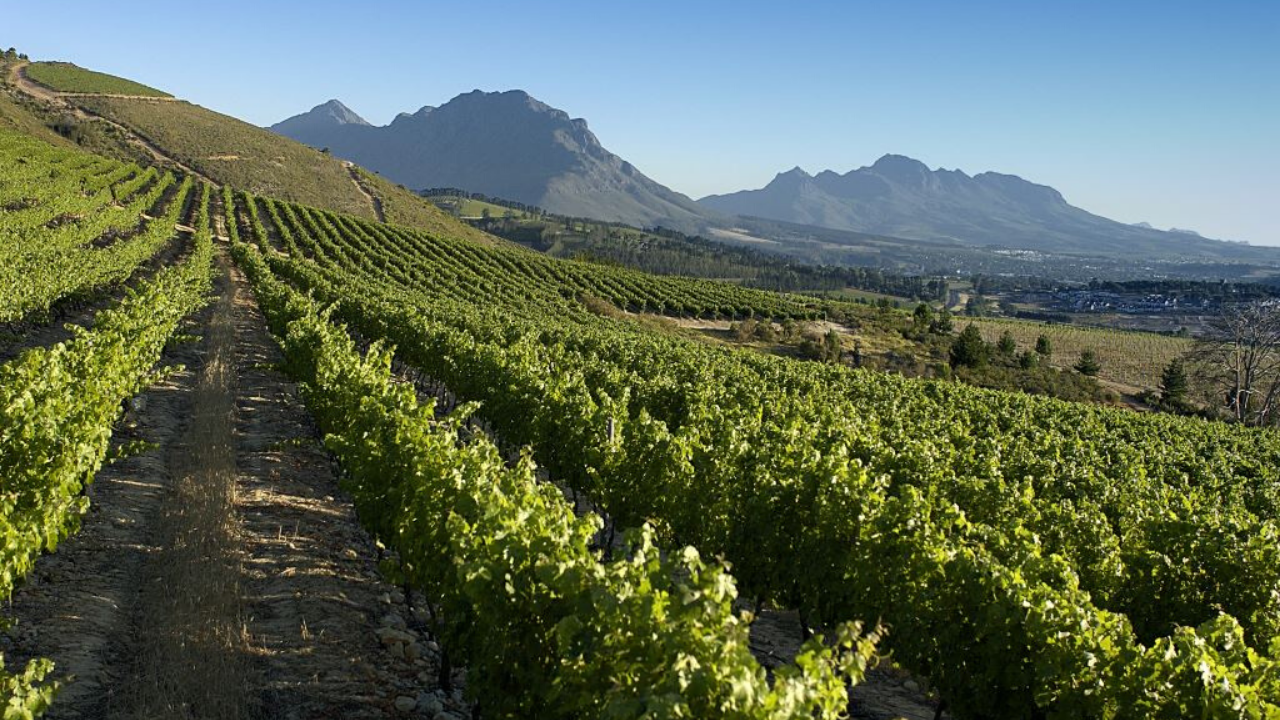The red river hog (Potamochoerus porcus), also known as the bush pig, but not to be confused with P. larvatus, common name “bushpig”, is a wild member of the pig family living in Africa, with most of its distribution in the Guinean and Congolian forests. It is rarely seen away from rainforests, and generally prefers areas near rivers or swamps.

Visit Dublin Zoo
When you visit Dubin zoo you will see that there are plenty of amazing animals to discover including orangutans, hippos, bats, rare monkeys, meerkats, chimpanzees, red pandas and reptiles and more. Dublin Zoo is easily accessible by car or public transport. The zoo opens at 9.30 am daily and welcomes visitors and open all year round.
The red river hog has striking orange to reddish-brown fur, with black legs and a tufted white stripe along the spine. Adults have white markings around the eyes and on the cheeks and jaws; the rest of the muzzle and face are a contrasting black. The fur on the jaw and the flanks is longer than that on the body, with the males having especially prominent facial whiskers. Unlike other species of pig native to tropical Africa, the entire body is covered in hair, with no bare skin visible.
Adults weigh 45 to 115 kg (99 to 254 lb) and stand 55 to 80 cm (22 to 31 in) tall, with a length of 100 to 145 cm (39 to 57 in). The thin tail is 30 to 45 cm (12 to 18 in) long and ends in a tuft of black hair. The ears are also long and thin, ending in tufts of white or black hair that may each 12 cm (4.7 in) in length. Boars are somewhat larger than sows, and have distinct conical protuberances on either side of the snout and rather small, sharp tusks. The facial protuberances are bony and probably protect the boar’s facial tendons during head-to-head combat with other males.
The red river hog lives in rainforests, wet dense savannas, and forested valleys, and near rivers, lakes and marshes. The species’ distribution ranges from the Congo area and Gambia to the eastern Congo, southwards to the Kasai and the Congo River. The exact delineation of its range versus that of the bushpig is unclear; but in broad terms, the red river hog occupies western and central Africa, and the bushpig occupies eastern and southern Africa.Where the two meet, they are sometimes said to interbreed, although other authorities dispute this.Although numerous subspecies have been identified in the past, none are currently recognised.
About Dublin Zoo
Dublin Zoo opened its doors on September 1, 1831. Founded as a private society by anatomists and physicists and supported by wealthy subscribers.
In 1840, featuring 46 mammals and 72 birds donated by London Zoo, the radical decision was to throw its gates open to the public for a penny on Sundays. This gesture, remarkable for that time, established the affectionate relationship that still exists between Dubliners and the ‘ah-Zoo’ in the Phoenix Park.
Now, utterly transformed, Dublin Zoo’s 28 hectares is attracting over 1 million visitors a year. Officially Ireland’s biggest family attraction, not only offers a great day out for all, but also a journey of learning and discovery about the world’s precious wildlife.
Animals at Dublin Zoo live enriched lives in natural social groups, they are fit and healthy, able to breed and raise their own young. They can be observed in naturalistic spaces with vegetation, substrate and water features that reflects their native habitat.
Dublin Zoo is managed by caring zoo professionals who devote their lives to the welfare and care of animals and to understanding their needs. They are knowledgeable about the natural habitat of the animals, diet, genetics, animal health and social grouping.
Modern Zoos, like Dublin, adhere to strict codes of practice in animal welfare laid down by European and Global Associations. Through such organisations, partnerships among Zoo’s and other kindred institutions, agencies and individuals are encouraged. This in turn leads to opportunities for co-operative research in conservation, biological and veterinary sciences.
By supporting specific research staff, collaborative partnerships with universities and regular publications, symposia and workshops they constantly develop knowledge, understanding and expertise.
Dublin Zoo financially supports a variety of conservation projects of which great apes, tigers, rhinos, golden lion tamarins, African wild dogs and amphibians have been recipients.
Save Irish Tourism Action Plan
WATCH – How your Tourism or Leisure Business should respond to CoronaVirus
LISTEN – Earth Chats on Spotify





